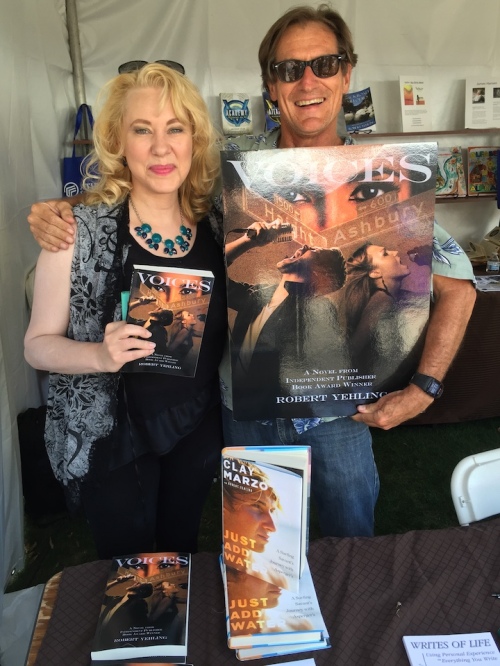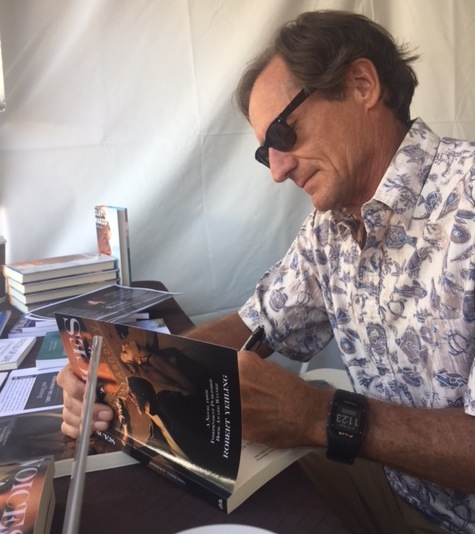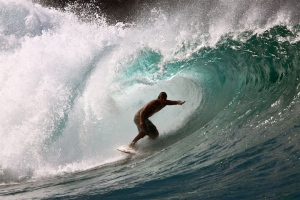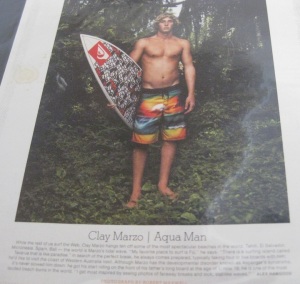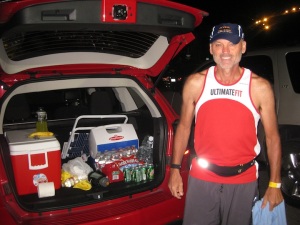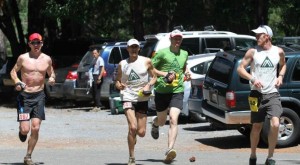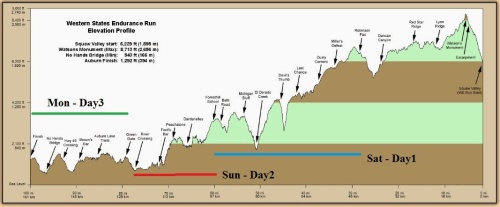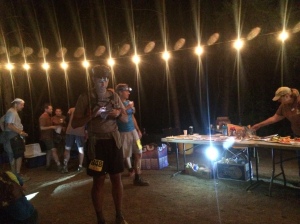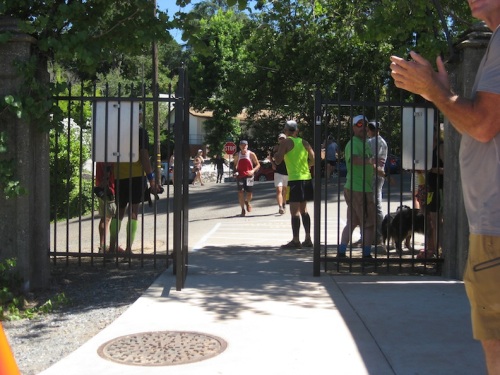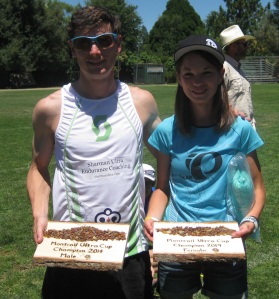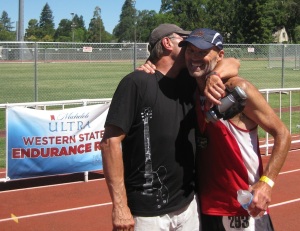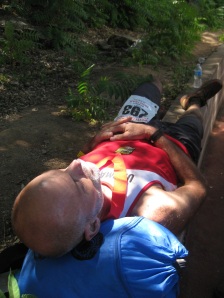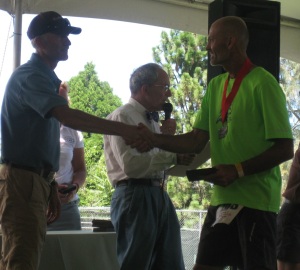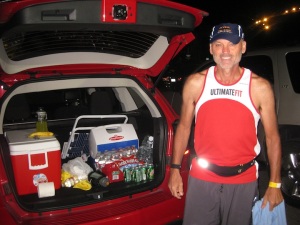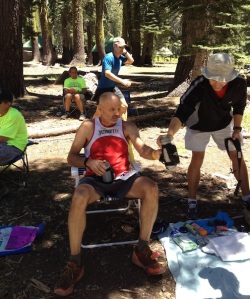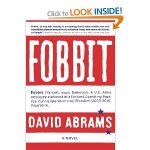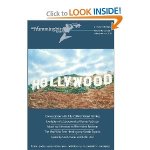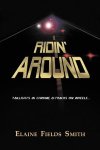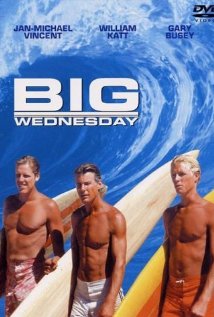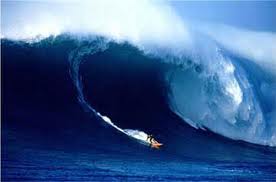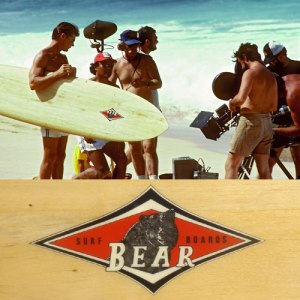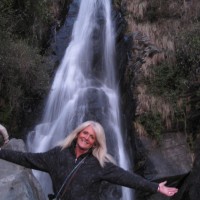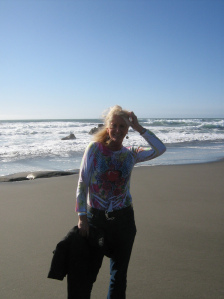Carol Hogan may be the most significant unsung hero in the history of triathlon. Her photo of Julie Moss struggling to crawl toward the finish line in the 1982 Ironman World Championship in Kona, now on the cover of Julie’s just-released memoir Crawl of Fame, is one of the most iconic photographs in sports history. It is no exaggeration that it is triathlon’s version of the World War II Iwo Jima flag-raising photo — only Carol’s shot was raw and real, unlike the late Joe Rosenthal’s Iwo Jima photo, which was staged (in the original flag-raising photo, a Marine fire squad was under attack atop Mt. Suribachi).

Carol Hogan’s photograph of Julie Moss crawling across the finish line at the 1982 Ironman became a major trigger to an ensuing avalanche of media and “Wide World of Sports” coverage that elevated Julie, the Ironman, and endurance sports & fitness to global status almost overnight. We’ve been riding the wave since.
The photo captured an excruciating moment – the epitome of “Agony of Defeat,” to coin the saying from Wide World of Sports, which televised the race. It also helped fuel triathlon’s rapid ascension from a fringe extreme sport to a global participatory sport following the 1982 Ironman. Thirty-six years later, the photo – and the others Carol fired off during that indelible moment no one on-site will ever forget – stands as a historic symbol of perseverance, courage, and finishing what you start at all costs. The Spirit of Triathlon.
With Crawl of Fame drawing early praise and a lot of attention, ranking #6 on the Amazon Health/Fitness bestseller list (thank you, everyone!), Julie and I asked Carol to share her thoughts of the photo, and its significance in a very full life that has included competing in triathlon herself, promoting triathlons and Triple Crown of Surfing events through her Ocean Promotion firm (which is how I met and worked with her, in the mid- and late 1980s), and crafting a fine journalism and PR career.
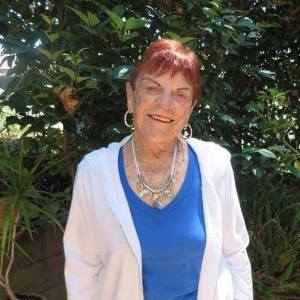
It’s been 36 years since Carol Hogan shot one of sport’s most iconic photographs – Julie Moss beginning her crawl to the 1982 Ironman finish line, from which “Crawl of Fame” gets its name… and its story
Now, the circle closes. On Thursday at Kona Stories bookshop in Kona, Carol Hogan and Julie Moss will see each other for the first time since Carol shot those mesmerizing photos 36 years ago. I can only guess how Carol feels, but I know how Julie feels — she’s ecstatic. It will be one of those reunion experiences you can’t make up.
Here is Carol’s account, which is as much of a treasure as she has been to triathlon and ocean sports over the past four decades:
Thoughts about the Julie Moss photo and the Ironman Triathlon
By Carol Hogan
In January 1980, I was the outdoor reporter for The Honolulu Advertiser, one of only two women working in their sports department. The other covered golf and volleyball, so I was assigned to cover the “nutty Ironman Triathalon (sic).” The newspaper files had two or three post-race write-ups –– that was it. To get more information, I visited with race director Valerie Silk in Ironman’s small office headquarters and attended the pre-race meeting. Even then, it was difficult to comprehend how complicated racing an Ironman truly was.
(At the time, my husband Bob and I were training and racing with Oahu’s “The Bike Club” at Kapiolani Park. I knew about bike racing. I once won the Oahu Women’s Veteran class by default, the only entrant in the division.)
The weather was a prime factor and race day, January 10, 1980. Dangerously stormy, it forced race officials to move the 2.4-mile swim from its original Waikiki Open Ocean Swim course to the safer waters of Ala Moana Park lagoon.

Carol and Bob Hogan were the ultimate sea- and adventure-loving couple – sailing, paddling, surfing, outrigger canoeing… and running triathlons.
Bob and I lived nearby on our sailboat boat in Ala Wai Marina. I mentioned I’d probably be home late and drove early to the race start, in my beloved Porsche 914. I interviewed a few entrants (most journalists called them “weirdo’s”) on the beach, where swimmers flapped their arms to keep warm. Cowman, wearing his furred, horned bison helmet, stood out. Waiting bicycles had candy bars taped to the crossbar. The ABC Wide World of Sports crew was there for their first-time coverage. Offshore, their swim commentator and long-distance swimmer, Diana Nyad, and her cameraman bounced around in a small dinghy.
Dave Scott was first out of the water. When he took off, I did too. He led the way around Oahu, and the ABC crew followed, filming out the back door of a small rented RV. I tucked in behind them, stopping twice: once to purchase a six-pack of Diet Pepsi and a bag of Fritos, the other to jump into the bushes after too much Pepsi.
At the marathon start in downtown Honolulu, Dave changed to running gear. I followed him as far as Kapiolani Park, then parked and waited. I positioned myself at the finish-line telephone pole –– nothing fancy. When Dave ran into view, no one followed. Someone tied a string to the pole, while someone else opposite the pole held the other end. Dave ran through, I got the shot, and interviewed him. Olympic cyclist John Howard was second, grumbling that you can’t “really race” when you have to stop at all the red lights — and twice to weigh in. People finished all through the night. I waited until the first woman, Robin Beck, finished, interviewed her and drove home. That was the beginning of my affair with Ironman.
The race moved to Kailua-Kona on the Big Island in February 1981, due partly to the traffic and stoplights on Oahu. Weighing-in was still mandatory. That year I covered the race from a motorcycle sidecar driven by a cyclist friend. John Howard won.

An accomplished duo: journalist-PR liaison extraordinaire Carol Hogan and her husband, the legendary L.A. County surfer and lifeguard Bob Hogan
In August 1981, after covering the Transpac sailboat race, Bob and I took a 65-day, 2,800-mile cross-country bike tour across the United States, from Portland, Oregon, to Boston. Our first grandchild, Dan, was born just before we crossed the Big Horn Mountains in Montana. We returned to Hawaii in late November and I went back to work as the outdoor reporter.
In February 1982, with my bike as transportation, I flew to Kona to cover Ironman. I had often joked that covering the race was as mentally and physically exhausting as doing it. You never knew who would win, had to be everywhere at the same time, and if anything could happen, it usually did. I usually had a lot of requests for coverage from various magazines. Meeting their needs meant being on the course all day and far into the evening. I always looked for new angles to report.
As the day began, I observed a teeny young Japanese lady whiz by on her bicycle and also noticed that Walt Stack, 74, was still racing. I had 12 writing assignments that year. Hmmm, I thought and went out on the course.
Scott Tinley was close to finishing first. I drove into town, shot the finish and interviewed him, then returned to Kalanianaole Highway. An unknown, Julie Moss, was leading the women’s race, with J. David’s team member Kathleen McCartney behind her. At the appropriate time, I drove into town, positioning myself near the finish line.
Where I chose to stand –– almost on the finish line –– was pure luck!
When Julie crawled around the corner into view, I was mesmerized. Watching her struggling to stand was agonizing, her collapses horrifying, her crawl painful to photograph. But that was my job. I watched history being made through the camera lens. Immediately after collapsing on the finish line, Julie was rushed to the medical tent. No interviews allowed. So I didn’t interview her then, and for the thirty-six years since, have never talked to her face-to-face about that day or her finish. We’ve connected by telephone and Facebook once or twice over the years, but that’s about it. Meanwhile, the photo has been published in dozens of media outlets.
Post-race, I remained in Kona to finish my assignments, and also biked to Waimea to cover a Mauna Kea ski meet. A round trip of 100 miles, it became a pedaling meditation on whether or not to race. When I returned to Kona, I had committed to racing the following October. I was 48, had just finished a major bike ride, and could swim. Hmmmm.
“If you’re doing it, I am too,” Bob said.
We signed up for October ’82. For eight months, we trained relentlessly: with swim coach Jan Prins at the University of Hawaii, with Max Telford’s long-distance running group, and with The Bike Club racing group. On race day, I was ready; the oldest woman to date to enter an Ironman. I surprised myself by winning third place in my division. Bob was fourth in his. We were elated. Our daughter Sharri shot my photos, as I still had writing assignments. Our son Rob, his wife and our grandson were on hand to watch.
The following year, we raced the October 1983 Ironman with Rob. He became so enamored with Ironman, he entered it for the next eight years. Bob and I stopped racing Ironman, but my public relations company, Ocean Promotion and I, remained physically connected with the event until the late 90s, the final two years as press room coordinator.
I’m thrilled that I was able to observe history in the making and proud to have played a part in the growth of a sport that brought me so much pleasure. Knowing that it has made an impact on the growth popularity of Ironman, I try to protect its use as a historical document. The photograph itself is copyrighted, and I protect its publication in the media –– no National Inquirer folks need apply. Sometimes it’s “borrowed” and used by bloggers or writers who haven’t contacted me first. Wherever possible, I contact them and ask them to take it off their page.
I’m truly excited to return to Kona to celebrate Ironman’s 40th anniversary and watch Julie race. She’s been gracious to a fault about the use of her photo and has turned her “Agony of Defeat” into an amazingly positive life lesson for herself and others. I have a feeling this will be Julie’s year to cross the finish line. She’s earned it. .
.

